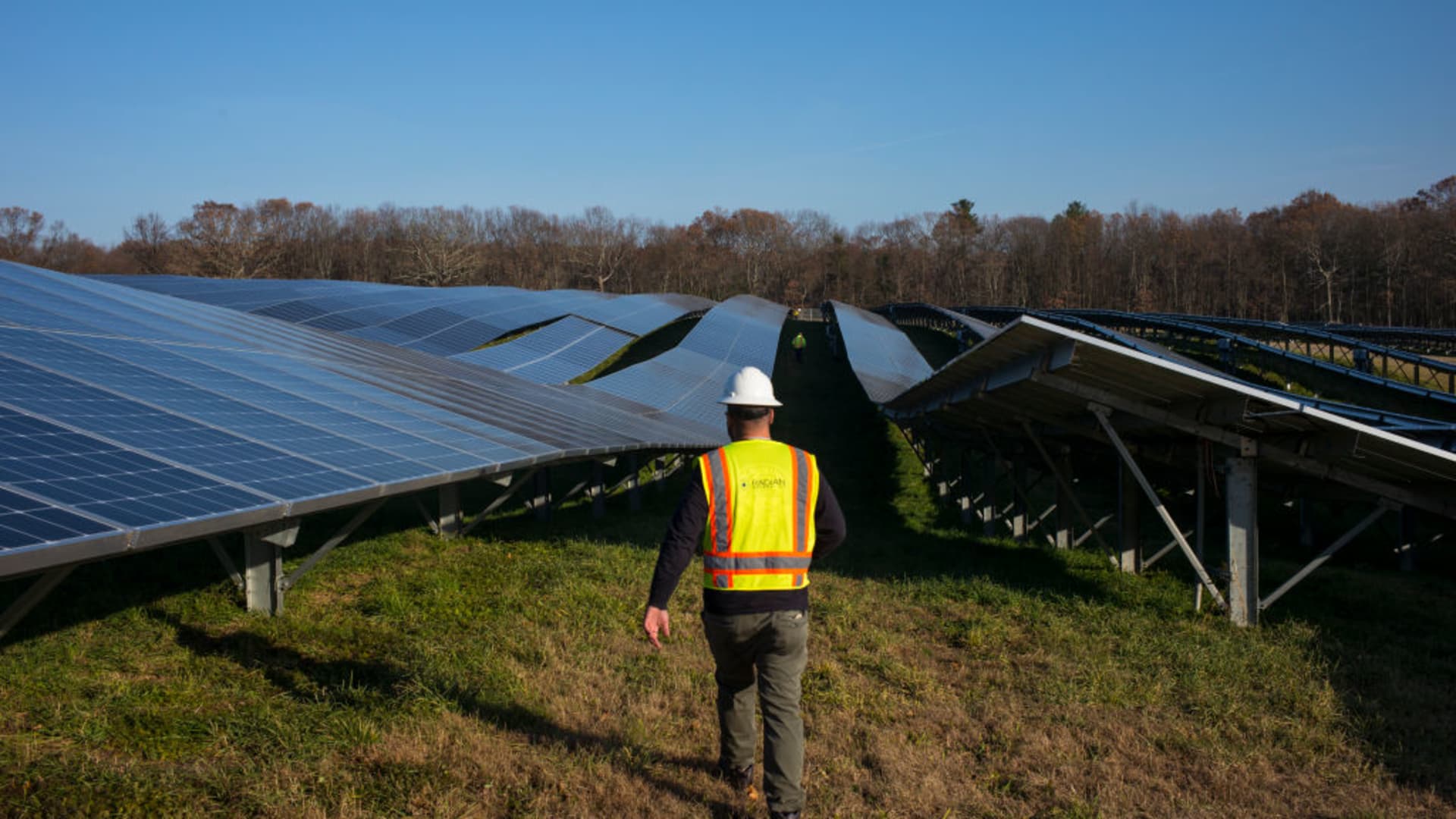Energy
Wednesday, September 14th, 2022 10:30 am EDT
Our Next Energy says it has created an anode-free battery cell with an energy density of 1007 Wh per liter. It believes the new battery has the highest energy density of any large format cell ever produced. The new cell eliminates the need for graphite and anode manufacturing equipment, which could make it possible for manufacturing costs to be as low as $50 per kWh. “Our prismatic anode-free cell is produced with approximately half of current cell manufacturing equipment for equivalent capacity, allowing us to sharply reduce scale-up cost,” says Mujeeb Ijaz, founder and CEO of Our Next Energy (ONE).
The company may be a battery startup, but Ijaz is an industry veteran with 30 years of experience. As we reported earlier this year, he has worked for Apple as a senior executive and at A123 Systems, where he led the development of EV battery systems. He started ONE to focus on developing an advanced long range battery that uses safer materials while not sacrificing energy.
Anode-free cells typically have low cycle life compared to conventional cells, which has not made them viable all by themselves in an automotive setting, the company says. But it has taken those cells and combined them with LFP battery cells of its own design into what it calls its Gemini battery pack. The anode-free cells store 450 miles of range and act as an energy reserve that recharges the LFP cells when needed. Earlier this year, Our Next Energy fitted a Gemini battery pack to a Tesla Model S, then drove it for 752 miles in the middle of winter in Michigan.
A proprietary DC-DC converter allows the LFP cells to provide most of the energy needed for an electric car in normal daily driving while the anode-free batteries act as range extenders. Ijaz told Car and Driver that the LFP cells cover 99% of a vehicle’s duty cycle and the range extender is used for 1%. (That depends somewhat on how an individual owner drives the car on a regular basis.)
Sharp-eyed readers will notice that while the manufacturing cost of the anode-free cells is expected to be around $50 per kWh, they will be a relatively small part of the mix in the Gemini battery pack. The cost of manufacturing the LFP battery cells that make up the majority of the battery pack will be whatever the prevailing cost is at the time.
One of Ijaz’s objectives is to eliminate the use of expensive battery materials like cobalt that must be sourced from foreign suppliers, and to develop local supply chains. Gemini reduces graphite and nickel by 75% and fully eliminates cobalt for a more secure supply chain, the company says.
Its anode-free battery uses more manganese than is customary. It is inexpensive and widely available from domestic sources. Some other battery companies are also using more manganese in their LFP batteries. Tesla is expected to begin selling Model 3 sedans equipped with LFMP batteries supplied by CATL in China soon.
Our Next Energy Battery Factory
The company has begun construction of a 20 GWh battery manufacturing facility that is expected to start production in 2026. The Gemini battery pack is said to have a service life of 250,000 miles and make a driving range of 600 miles possible.
“Scaling 100x from a 2 Ah pouch cell to a 240 Ah prismatic in less than 12 months is a testament to the simplicity of the design and ability to use conventional Li-ion production equipment,” said Steven Kaye, ONE Chief Technical Officer. “We are moving faster than the fastest research programs that I have been a part of. Gemini will reach volume production in 2026 accelerating electric vehicle adoption by delivering 600 miles of range in a wide range of vehicle platforms, including trucks and SUVs.”
The Takeaway
CleanTechnica readers know there is a battery breakthrough announced every day of the week and that all battery news should be taken with a grain of salt — or manganese, as the case may be. Mujeeb Ijaz has been around the block a time or two and is a seasoned veteran of the ongoing and never ending search for better, cheaper, longer lasting batteries.
The idea Our Next Energy has of combining two different battery chemistries in one battery pack is intriguing. It creates lots of challenges for the battery management system, but the company says it has a handle on that. The company plans to feature its anode-free cell and Gemini battery architecture technology at The Battery Show in Novi, Michigan, this week.
Lower manufacturing costs and more locally sourced materials are good news. The only problem is we have to wait until 2026 to find out if the Gemini battery pack will actually move the EV revolution forward or be another battery breakthrough that never quite makes it out of the lab and into full scale commercial production. Stay tuned.
Appreciate CleanTechnica’s originality and cleantech news coverage? Consider becoming a CleanTechnica Member, Supporter, Technician, or Ambassador — or a patron on Patreon.
Don’t want to miss a cleantech story? Sign up for daily news updates from CleanTechnica on email. Or follow us on Google News!
Have a tip for CleanTechnica, want to advertise, or want to suggest a guest for our CleanTech Talk podcast? Contact us here.
Advertisement
This post has been syndicated from a third-party source. View the original article here.




